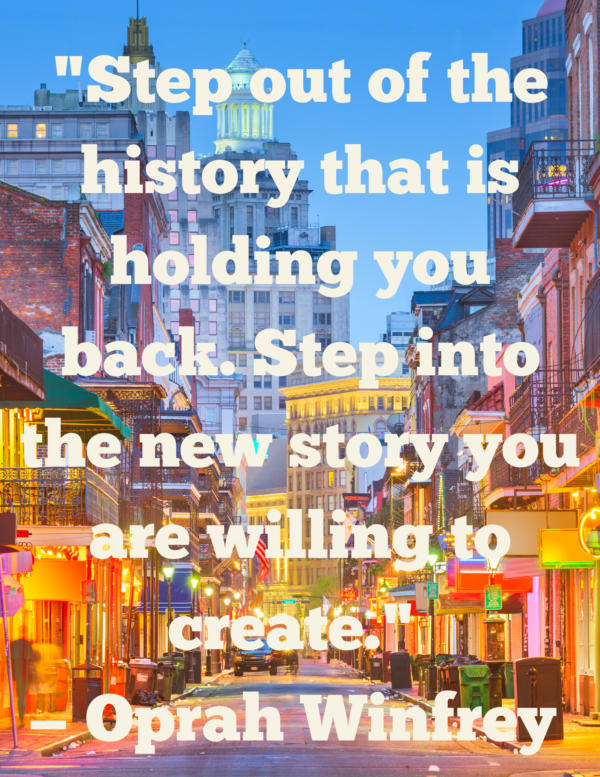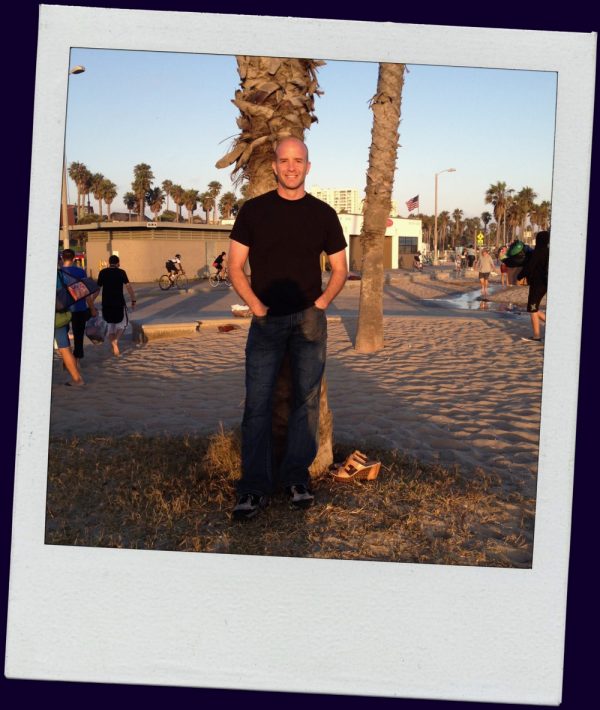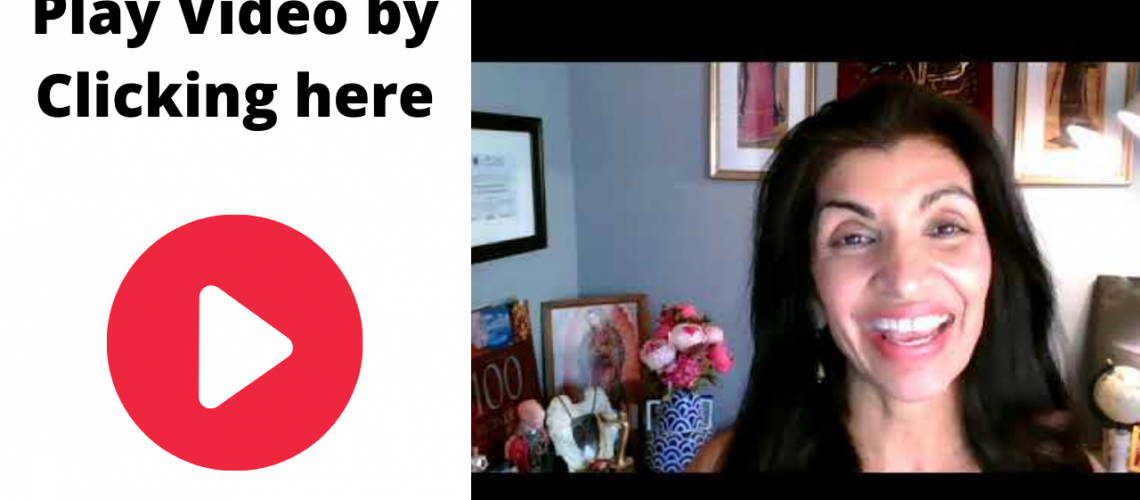
My Dearest Mystic, My Ethereal Lightworker, My Awakened Soul-Sister,
As the Mississippi winds its ancient song through the heart of New Orleans, I find myself whispering your name into the night air — seer, visionary, wise woman, divine devotee. You, with your celestial grace and heavenly intuition, carry the quiet fire of a priestess, the pure reverence of a spiritual warrior, the soulful depth of an enlightened one who walks between worlds. In you, I see the angelic glow, the sacred essence that turns ordinary moments into miracles.

There is a city that calls to women like you — a healing wonderland where the streets sing with jazz-born magic, where live oaks form canopies like ancient guardians, and the air hums with possibility. New Orleans, the Big Easy, alive with joie de vivre, where every corner holds stories of resilience and celebration. And in 2026, as Carnival blooms from Twelfth Night on January 6 to the triumphant crescendo of Fat Tuesday on February 17, this city will pulse with its greatest joy: Mardi Gras.
I dream of you here, my conscious woman, my energy healer, my woman of the spirit — stepping into this vibrant tapestry with me and eleven other visionary souls. Imagine us gathered for a transformative seminar, a sacred circle of deep conversation about the magic of this place: its rhythms that dissolve old energies, its parades that shower abundance like shooting stars, its hidden courtyards where intentions bloom under moonlight.
This is no ordinary gathering. It is a portal — days of profound sharing, where we speak of awakening gifts, of aligning with elevated flow, of the synergy that arises when awakened women unite. You will feel the brass bands ignite your inner rhythm, taste the sweet promise of beignets and king cake, dance beneath floats that mirror life’s abundant flow. Here, in the French Quarter’s embrace, any whisper less than love becomes a gentle invitation to rise higher, together.
My beloved oracle, my light-filled sage, you are meant for this. Your presence would weave the greatest good into our circle, amplifying the miracle-making that happens when soulful women converge. Come, let New Orleans love you back — let its spirit dance with yours.
With all the depth of my heart, in eternal synergy and love,
Yours,
Dr. Sarah
P.S. — spots are as precious as Mardi Gras beads caught in flight.
Invite only trip for those Miracle Makers in the year long program










